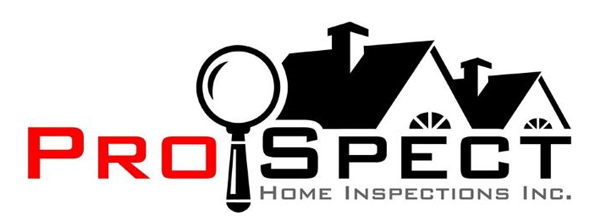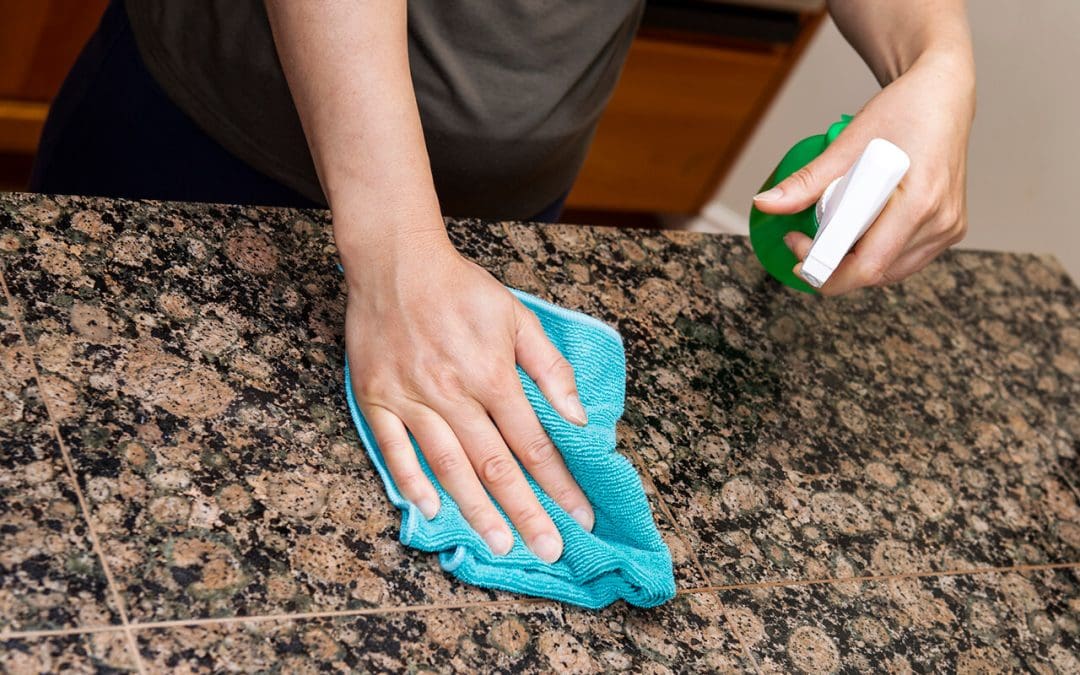Most homeowners are surprised by how many potentially harmful substances they live with daily. From common cleaners to air fresheners, the presence of chemicals in the home is more widespread than many realize. While not all of these substances are inherently dangerous, being informed and intentional about their use is essential for maintaining a healthy, safe living space.
Where You’ll Find Chemicals in the Home
Chemicals in the home can be found in virtually every room. In the kitchen, products like oven cleaners, dish soap, and even non-stick cookware can contain chemical agents. In bathrooms, mold removers, bleach, and toilet cleaners often use strong formulations to kill bacteria, but those same ingredients can irritate eyes, skin, and respiratory systems. Laundry room products like detergents and fabric softeners may include artificial fragrances, dyes, and preservatives that linger in the air and on your clothing.
Garage and storage areas are especially prone to high concentrations of chemicals in the home. Paints, solvents, pesticides, antifreeze, and gasoline all contain volatile compounds that will release harmful fumes when stored improperly. Even products labeled “green” or “eco-friendly” may still contain chemicals that impact indoor air quality over time.
Why Awareness About Chemicals in the Home Matters
Understanding the risks associated with chemicals in the home is about awareness and prevention. Prolonged exposure to certain chemicals may lead to respiratory issues, allergic reactions, headaches, skin irritation, or even more severe health concerns with repeated exposure. Children and pets are particularly vulnerable because of their size, developing bodies, and tendency to be closer to floors or surfaces where residues can linger.
Not all chemicals are harmful, and many play a vital role in maintaining a clean and safe household. The key is knowing how to store them correctly, use them safely, and reduce exposure where possible. It’s also helpful to read labels, understand what ingredients are in your products, and research any long or complex names that might raise concerns.
The Importance of Safe Storage
Proper storage is one of the most effective ways to reduce chemical risks. Store all products in their original containers with clear labeling, and never mix chemicals unless directed to do so by the manufacturer. Keep all hazardous materials out of reach of children and pets, ideally in locked cabinets or high shelves. Ventilated areas, like garages or sheds, are best for storing anything with strong fumes or flammable content.
If you no longer need a product, or it has expired, dispose of it safely. Many communities offer hazardous waste collection days to help you get rid of old paint, cleaners, or pesticides. Never pour chemicals down the drain or throw them in the trash without checking local guidelines.
Minimizing Chemicals in the Home Naturally
Many homeowners are turning to DIY solutions and natural alternatives to reduce their reliance on synthetic chemicals. Ingredients like baking soda, vinegar, lemon juice, and castile soap will effectively clean surfaces, deodorize spaces, and disinfect naturally. Switching to fragrance-free or low-toxicity products can also significantly reduce the chemical load in your living space.
Ventilation plays a key role in minimizing the effects of chemicals while cleaning. Open windows when using products, use exhaust fans in bathrooms and kitchens, and consider adding air purifiers in spaces with limited airflow. Houseplants also help filter certain toxins from the air, although they shouldn’t be relied upon as the only solution.
Staying Informed About Chemicals in the Home
Education is the first line of defense. Websites like the Environmental Working Group (EWG) or the EPA offer searchable databases where you can learn more about the ingredients in household products.
Every home will have some level of chemical presence, but with intentional choices and good habits, homeowners can significantly reduce the potential impact on their health and indoor environment. Being proactive doesn’t mean you have to throw out every product in your home—it just means making small, informed changes that add up to a safer living space over time.
FAQs
What are the most common harmful chemicals in the home?
Common culprits include ammonia, bleach, formaldehyde, phthalates, and volatile organic compounds (VOCs) found in many cleaning, fragrance, and building products.
How can I tell if a product contains harmful chemicals?
Check the label for active ingredients, warnings, and certifications. If the list is long or contains hard-to-pronounce names, look them up to learn more.
Are natural alternatives just as effective?
For many everyday tasks, yes. Baking soda, vinegar, and essential oils can be powerful cleaners without introducing as many harsh chemicals into your home.
Should I be worried if I’ve been using chemical cleaners for years?
Not necessarily, but it’s always a good idea to evaluate how often you’re using them, whether you’re ventilating properly, and if safer alternatives are available.
Is it safe to store chemicals in my kitchen or bathroom?
Yes, as long as they’re kept in well-sealed containers, out of direct sunlight, and away from heat or moisture sources. Always follow the storage guidelines on the label.
Pro Spect Home Inspections offers home inspections to customers in Citrus, Hernando, Pasco, Hillsborough, and Pinellas counties. Contact us to schedule our services.

